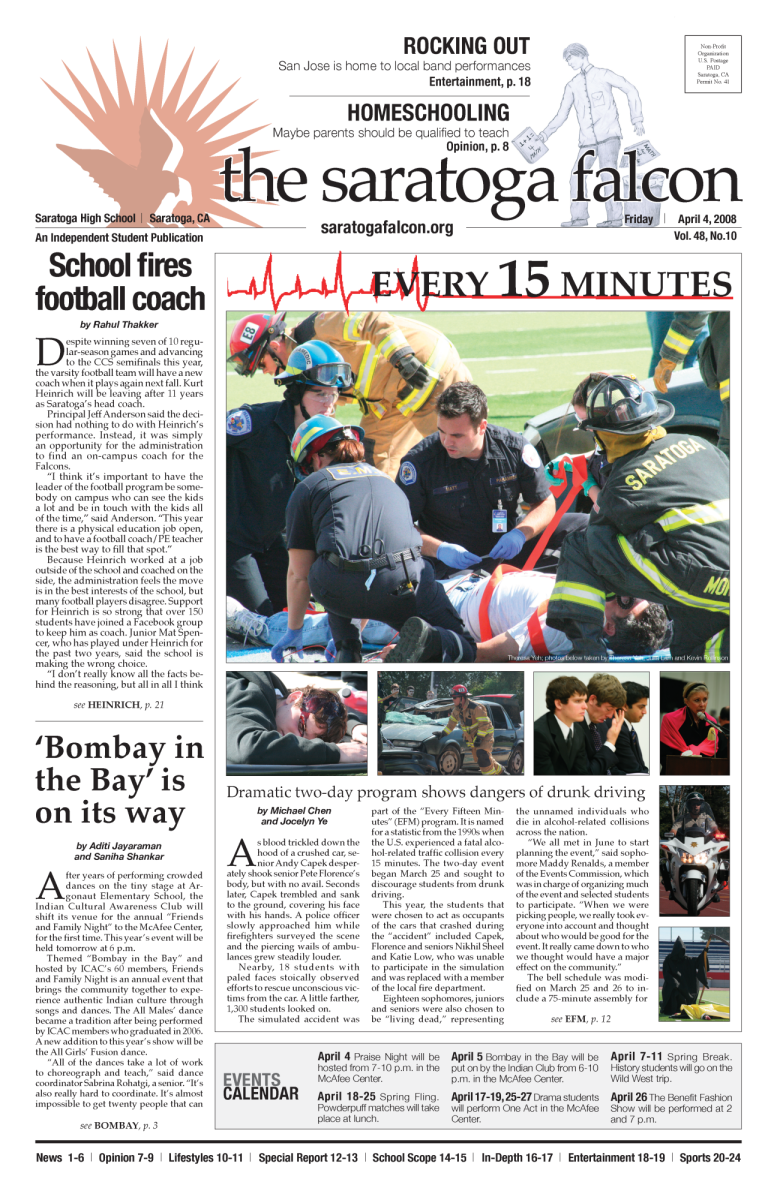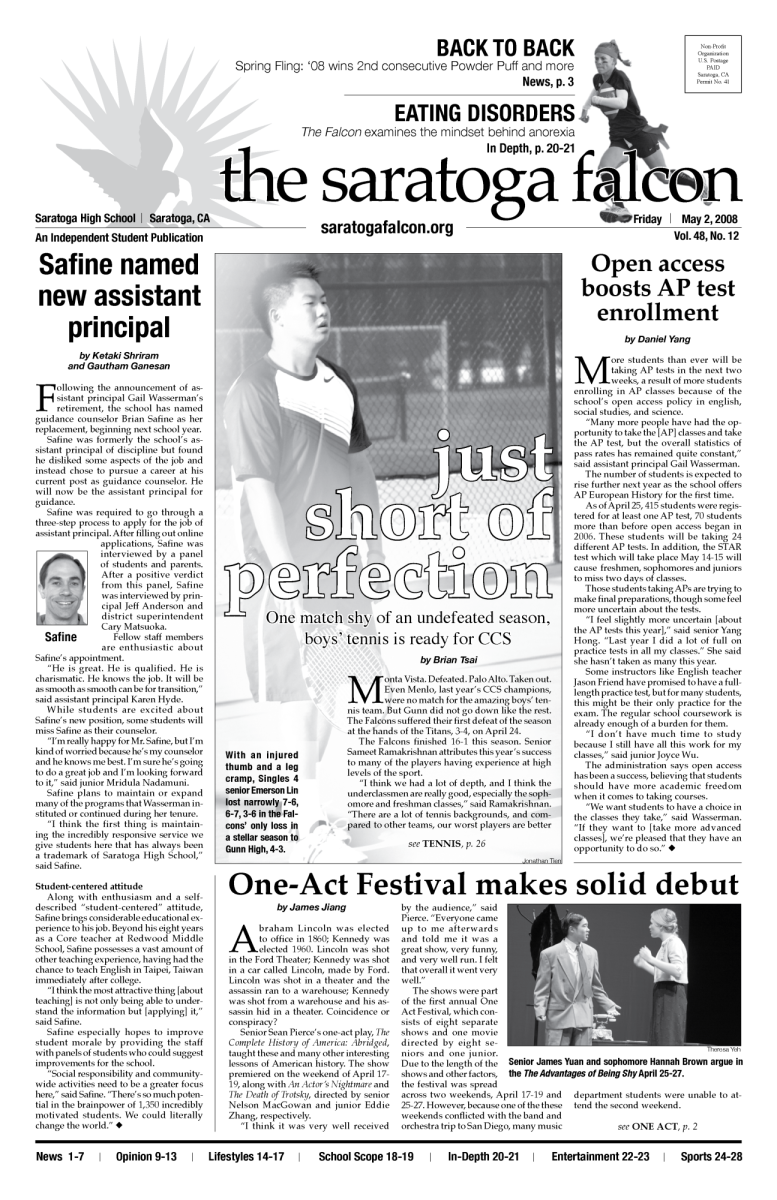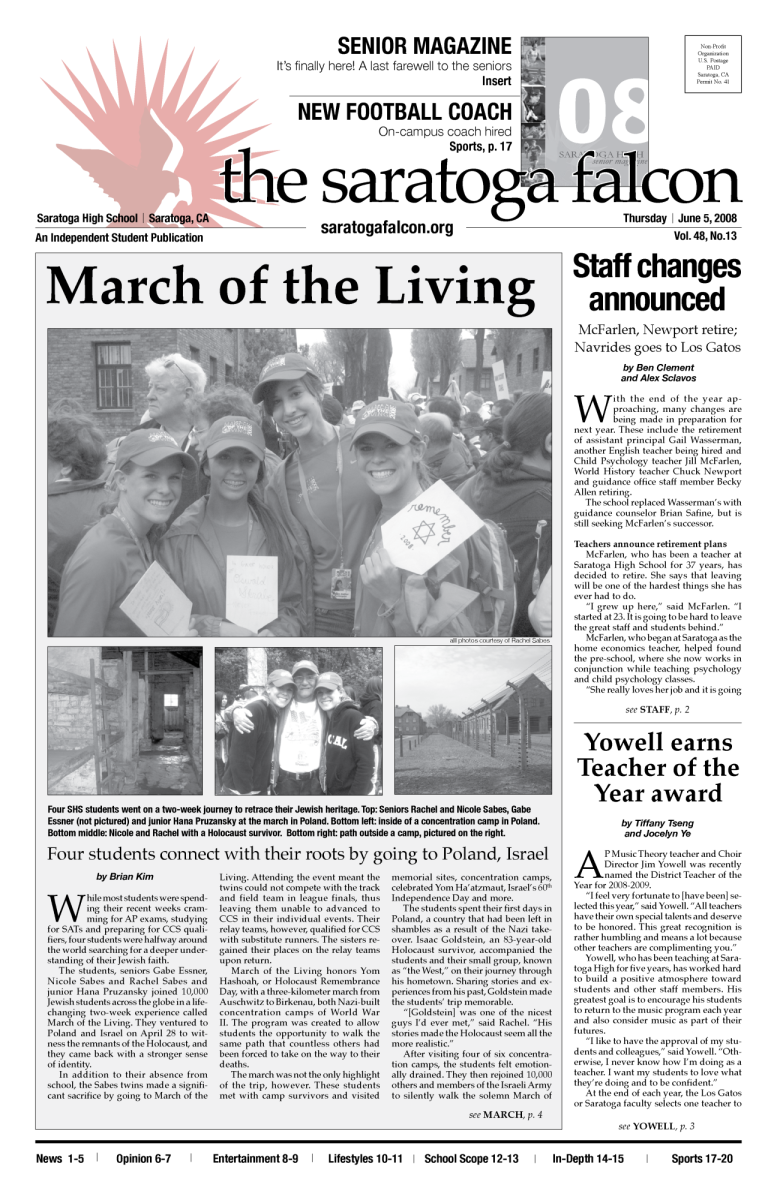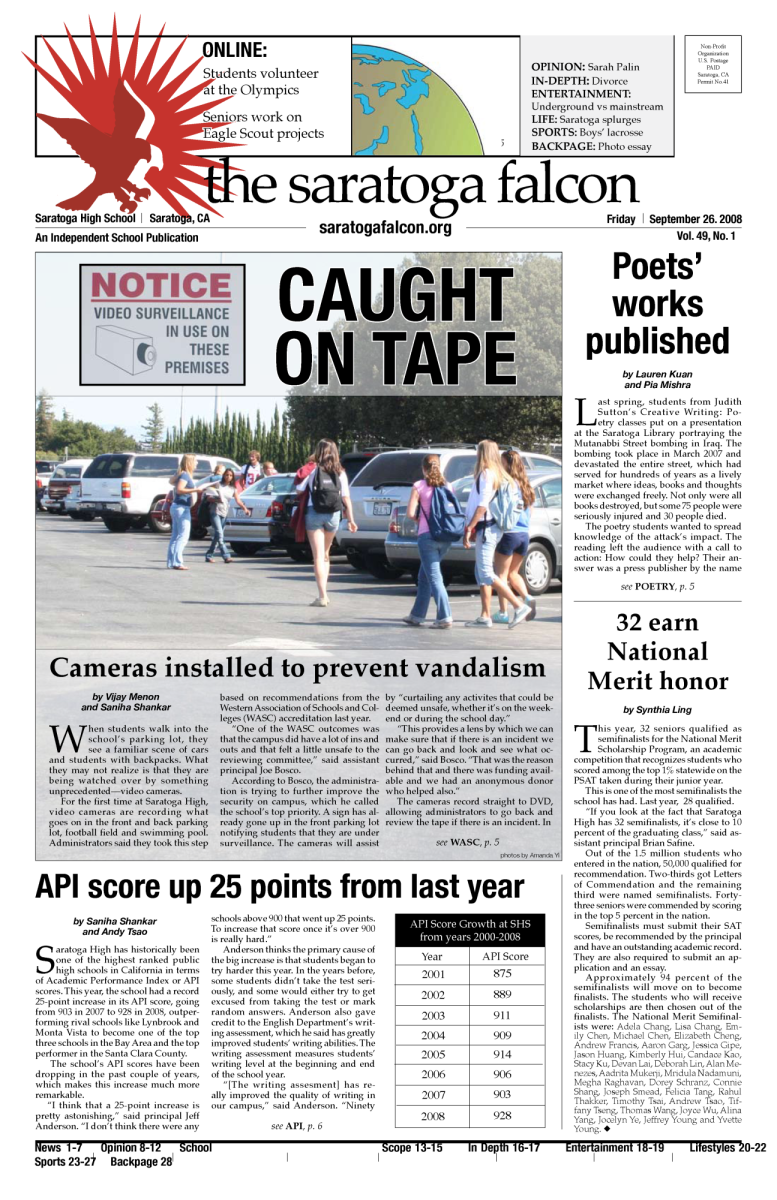As all the school’s then-900 students flooded into the Large Gym in 1993, cheers erupted from each class as NSYNC blared in the background. Decked in their class colors, students sporting backward caps and skater jackets sprinted to claim their seats on the bleachers.
In the center of the gym, representatives from each class placed their foreheads on a baseball bat, spinning rapidly, their stomach full of Taco Bell. According to that year’s Talisman yearbook, each class would’ve “done anything to win [Barf-O-Rama],” even barf in front peers.
The stands erupted in laughter and excitement. With every student in the present at the rally, school spirit was especially high.
Rallies have been around for decades, but according, assistant principal Kerry Mohnike, they have changed noticeably in the past two decades.
Until the 2005-2006 school year, the school had a non-block schedule and classes the met five days a week and one tutorial. As a result, there was a special schedule for the eight rallies that were then put on annually, and rally attendance was all but mandatory. (Kids asking special permission could go to an assigned teacher’s room during the rallies.)
When the school switched to a modified block schedule in the fall of 2005, rallies were switched to being held during morning tutorials, usually on a Friday. Mohnike said that as the school’s enrollment numbers increased, not all students could fit into the Large Gym anymore. As a result, administrators decided to make rally attendance optional.
But according to Mohnike, even though the number of students who attended the rallies changed, the overall “school spirit level” did not.
“Spirit level [is] really hard to judge,” Mohnike said. “Times are different so I think we have a bunch of really spirited students at the school, and so we show it in so many different ways.”
Along with scheduling changes, the rally skits themselves have taken on a different character, said guidance counselor Eileen Allen, who, as a junior and senior in 2000 and 2001, was a member of the rally commission.
According to Allen, the head rally commissioner was usually a skilled dancer, so instead of doing a skit, the rally commissioners usually performed a dance and proceeded to orchestrate games and competitions among called upon students from different grades.
“We would also used to do some really messy games like food fights, pie eating contests, which phased out over the years,” Allen said.
Although Allen reflected positively on her time as a rally commissioner, both Mohnike and Allen said that in 2005, rallies seemed to hit a low.
Mohnike said that at that time, rally commissioners often poked fun at other students. Many of their skits featured inside jokes and made rallies uninteresting and awkward for many of those attending.
“It was public shaming — not in a horrible way, but in a way that made it uncomfortable for many people,” Mohnike said.
Many people were “turned off” by the behavior of the rally commissioners, Mohnike said.
“If they were going to be picked on by the commissioners, why go anyway?” Mohnike said.
Even though current rally adviser Rebeca Marshburn was not around during this time, she too has heard many incidents about the past rallies.
“I heard [that the rallies] were inappropriate and crazy, and I know many teachers who refused to attend,” Marshburn said.
Now, to ensure this rowdy behavior is kept under control, Marshburn verifies any questionable scripts or games with the administration. Marshburn said she made it clear to the commissioners that rallies should be a place where all the students feel comfortable.
“[These] restrictions can be hard, but we we work hard to find a good balance of what the office wants and what the students want,” said senior Isa Berardo, the head rally commissioner.
Despite the changes rallies have gone through, much of what happens during a rally is spontaneous and unpredictable, Berardo said.
“We do our best to make skits and games fun and inclusive, but the commission can only do so much. It’s the students that determine how a rally turns out,” Berardo said. “If there’s high energy and people are excited and want to be there, then it’s going to be a good rally.”
Although rallies have changed throughout the years, their ultimate goal has been the same.
“Rallies [are created to] unite every class,” Marshburn said. “There’s always going to be competition, but in the end, we want students to realize that we’re one school, so let’s come together and celebrate who we are.”




























